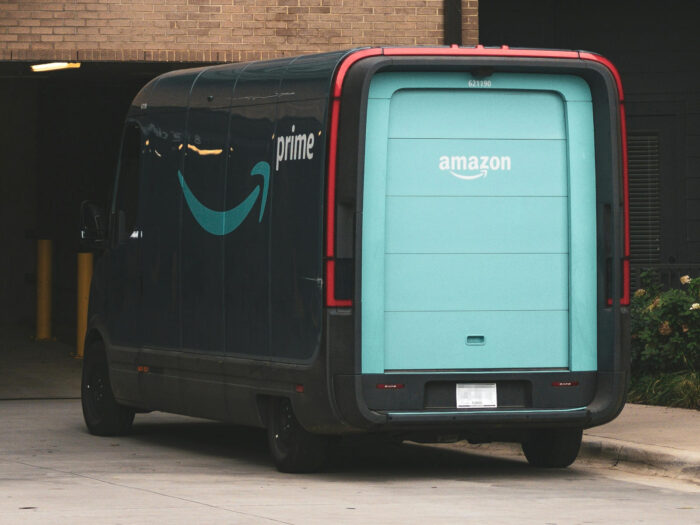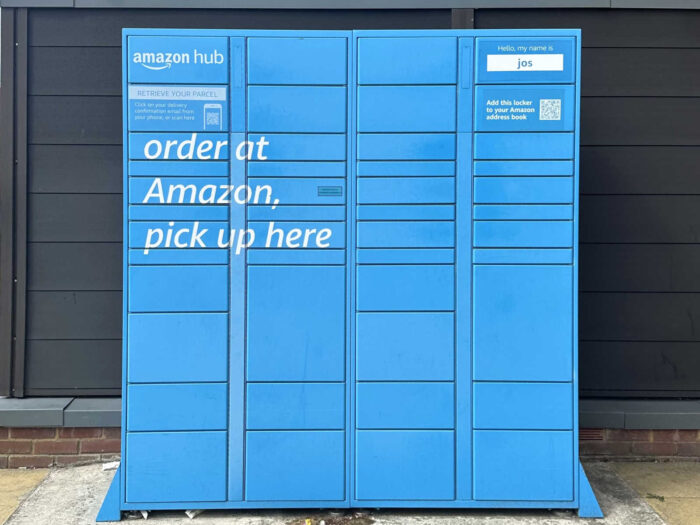
Amazon’s generic competitive strategy (Porter model) and growth strategies (Ansoff Matrix) help drive business development amid tough competition involving various companies in multiple industries.
Amazon competes with e-commerce and retail firms, like Walmart, Costco, Home Depot, Aldi, and eBay, as well as IT and consumer electronics firms, such as Google (Alphabet), Apple, Microsoft, and Samsung. Amazon also competes with Netflix, Disney, Sony, and Facebook (Meta Platforms) in the entertainment content production and distribution market.
Amazon’s competitive strategy and intensive growth strategies are responsible for business growth and expansion in the international market. The company benefits from IT and e-commerce business opportunities through its generic competitive strategy and intensive growth strategies.
Amazon’s generic competitive strategy enables the e-commerce business to offer goods and services at affordable rates. The resulting competitive advantage boosts the company’s brand popularity.
Thus, this generic strategy strengthens the brand, which is one of the business strengths and competitive advantages noted in the SWOT analysis of Amazon. With these strengths and attractive prices, the intensive growth strategies are supported for the e-commerce company’s multinational expansion.
Amazon’s Generic Competitive Strategy (Porter’s Model)
Amazon uses cost leadership as its generic strategy for competitive advantage. Minimization of operational costs is the objective in this generic competitive strategy. For example, Amazon uses advanced computing and networking technologies for maximum operational efficiency, which translates to minimized costs.
Considering the nature of e-commerce, the company benefits from process automation, which is used in purchase processing, scheduling, and other areas of the business with support from Amazon’s operations management. The benefits of this competitive strategy enable the company to minimize the cost of its online retail and other services.
A strategic objective linked to Amazon’s generic strategy of cost leadership is to build e-commerce competitive advantage through the continuous improvement of information technology infrastructure.
Amazon also has the strategic objective of heavily investing in research and development (R&D) to optimize the performance of its IT resources and enhance the efficiency of business processes. This efficiency is especially important in automation for cost reduction for the generic competitive strategy of cost leadership.
The cost-leadership generic competitive strategy provides the cost basis that enables the technology company to reduce the prices of many of its products. A related strategic objective for Amazon’s marketing mix (4P) is to set low prices for some products to attract buyers.
Thus, through this generic strategy of cost leadership, competitive advantage is gained to support the fulfillment of Amazon’s mission statement and vision statement, especially regarding growth and leadership in the online retail and e-commerce services market.

Amazon’s Intensive Growth Strategies (Ansoff Matrix)
Market Development. Amazon uses market development as its current primary intensive growth strategy. Entry and growth in new markets is the main objective in this intensive strategy. The e-commerce company enters new markets or market segments where it offers its goods and services.
For example, with this growth strategy, the company can introduce new applications or uses of Amazon Echo and Amazon Alexa, such as for automating the management and control of new types of smart devices in organizational settings.
Amazon’s cost-leadership generic strategy builds competitive advantages that allow the business to implement this intensive growth strategy of market development. For example, cost-effective automated processes based on cost leadership ensure profit margins in operations in new markets.
A strategic objective related to this intensive growth strategy is to establish new customer support services for new operations corresponding to new applications or uses of the company’s products, such as in the given example of Amazon Echo and Amazon Alexa.
Market Penetration. Market penetration is another major intensive growth strategy in Amazon’s consumer electronics, artificial intelligence, entertainment, AWS, retail, and e-commerce business. The objective of this growth strategy is to generate more revenue from the markets where the company currently operates.
Amazon grows with increasing online consumerism. For example, larger online retail sales volumes lead to more revenues and profits, especially for popular online platforms and providers, like Amazon.
Market penetration enabled Amazon’s initial rapid growth in e-commerce in the United States. This growth strategy still applies today, although to a limited degree because the company has already penetrated most of the major markets.
The generic strategy of cost leadership creates the competitive advantage necessary to penetrate markets using low costs that support low prices for addressing the tough competitive rivalry shown in the Five Forces analysis of Amazon.
A strategic objective based on this intensive growth strategy of market penetration is to implement aggressive marketing campaigns to attract more buyers to Amazon’s e-commerce platform for more sales and profits, especially during peak shopping seasons.
Product Development. Amazon applies product development as a supporting intensive strategy for business growth. Developing and offering new products to gain higher revenues is the goal of this intensive growth strategy.
Amazon grows partly by developing new products. For example, the company develops or offers new models of Amazon Echo, new consumer goods under the AmazonBasics brand, and new services under Amazon Web Services (AWS).
Amazon’s cost leadership is a generic competitive strategy that supports this intensive growth strategy of product development by providing the company with low-cost business processes for the profitability of new products.
A strategic objective related to this intensive growth strategy is to increase research and development (R&D) investment for rapid product development and rollout to the market while satisfying current and emerging trends, such as the economic and technological factors shown in the PESTLE/PESTEL analysis of Amazon.
Diversification. Diversification is the least significant among Amazon’s intensive growth strategies. Growth based on new business is the objective in applying this intensive strategy. The company partly uses acquisition to implement this intensive growth strategy.
For example, Amazon grew through its acquisition of Audible, which produces audiobooks and related products, and its acquisition of Whole Foods Market, which offers health food and related groceries.
Amazon’s cost leadership is a generic competitive strategy that enables the business organization to grow in diversification by minimizing operating costs to support profitability in new business operations.
A strategic objective associated with this intensive growth strategy is to grow Amazon’s business through an aggressive acquisition strategy. Acquisition in other industries comes with new products and markets that can add value and growth to Amazon’s existing business.
References
- Adama, H. E., Popoola, O. A., Okeke, C. D., & Akinoso, A. E. (2024). Theoretical frameworks supporting IT and business strategy alignment for sustained competitive advantage. International Journal of Management & Entrepreneurship Research, 6(4), 1273-1287.
- Aponte-López, A. C., & Torrealba, O. J. (2025). From strategic planning to agility: Strategic management approaches. Dyna, 92(236), 17.
- Amazon.com, Inc. – Form 10-K.
- Amazon.com, Inc. – What We Do.
- Amazon.com, Inc. – Who We Are.
- U.S. Department of Commerce – International Trade Administration – Retail Trade Industry.
- U.S. Department of Commerce – International Trade Administration – Software and Information Technology Industry.